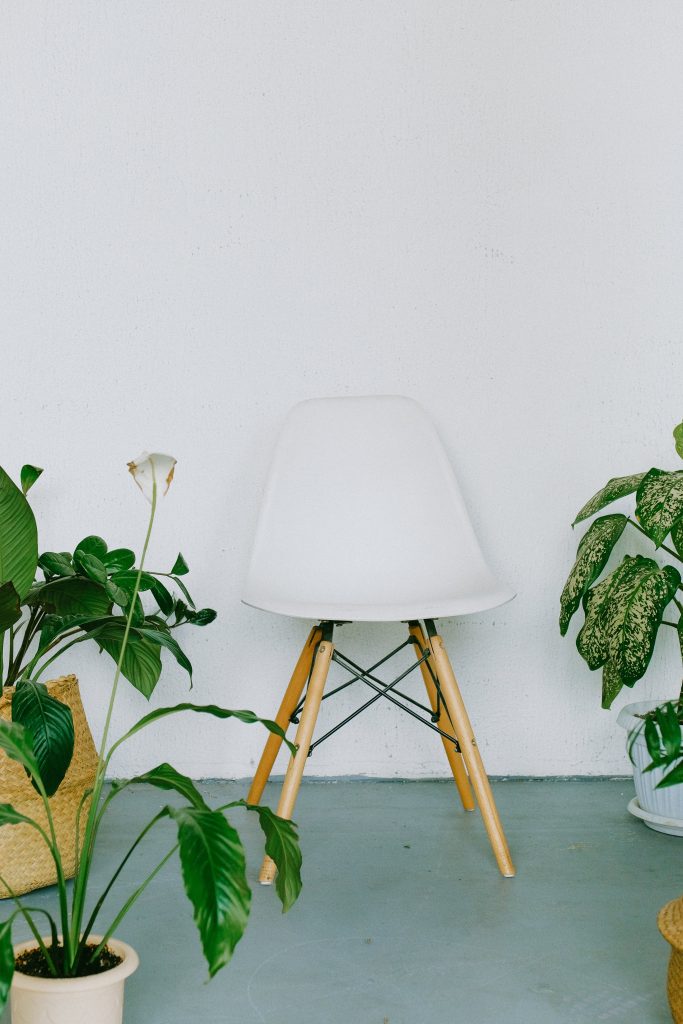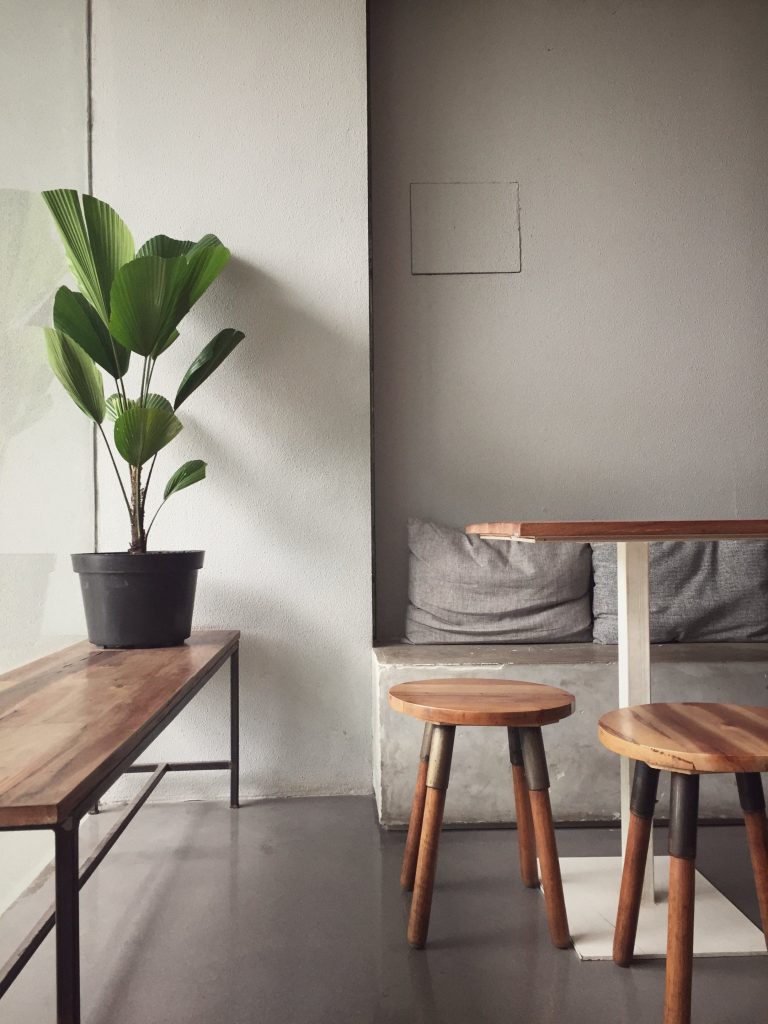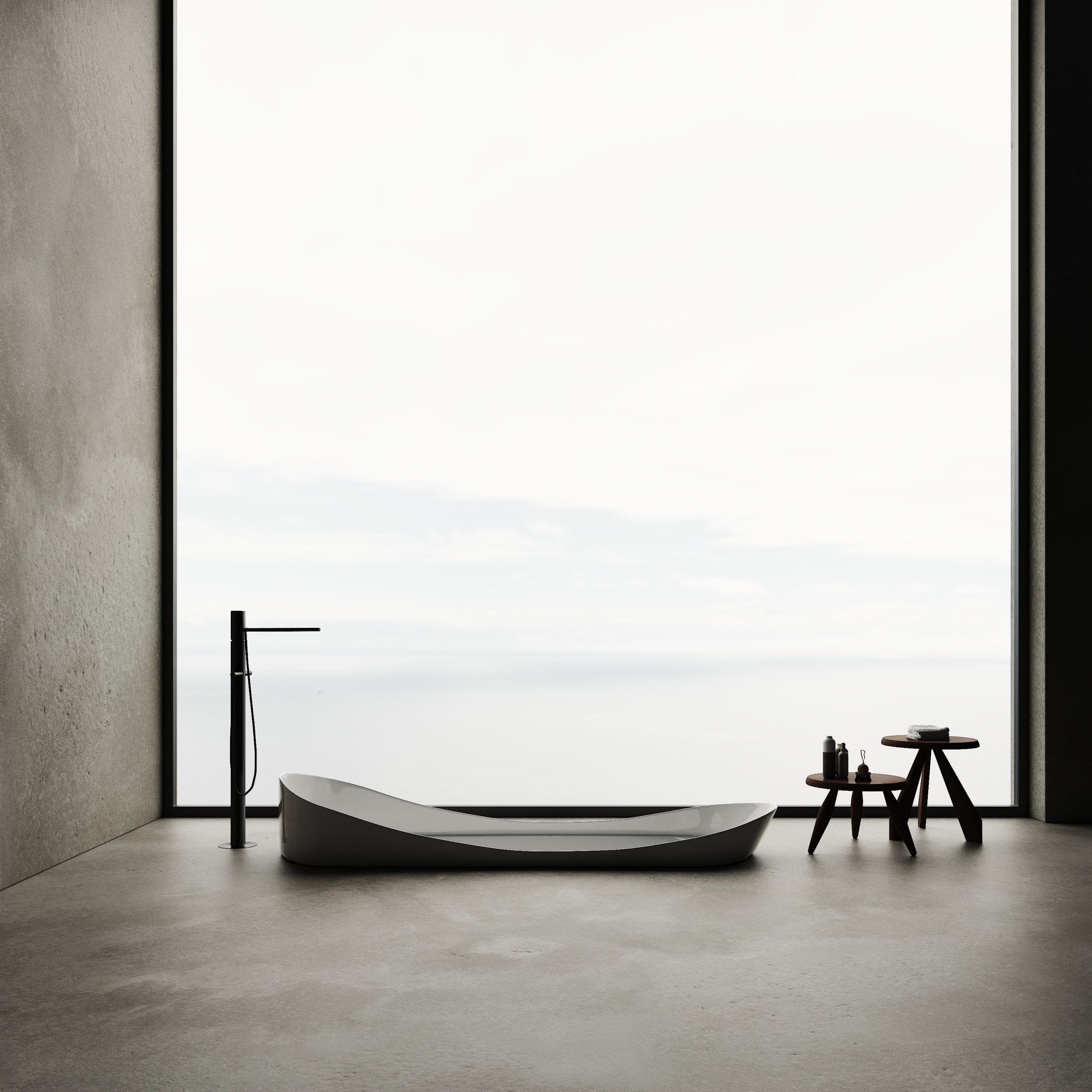The current surging trend of Minimalism, initially surfaced as a significant force in the sphere of art and design during the 1960s and 1970s. Minimalism stands out for its dedication to simplicity, utility, and the appeal of negative space. Its popularity, far from declining, has grown in modern times, particularly in the realm of social media. This philosophy, which was more then mere aesthetic preference, arose as a reaction to the compulsive consumerism that marked the postwar era. It propagated the concept of less may truly be more by advocating for a more intentional and less cluttered way of living. The esteemed minimalist advocate Joshua Becker once stated:
“Minimalism isn’t about removing things you love. its about removing the things that distract you from what you love”
this remark encapsulates the minimalist ethos, which tries to eliminate the unnecessary in order to clear the space for what is truly important, in art and life altogether.
Understanding The Surging Trend of Minimalism
Minimalism emerged in the post-world war 2 era, originating from art and design to rise as a response to the grandeur and excess of the time. Minimalism stressed on minimizing non-essential, cluttered elements in order to focus on the substance of design. this perspective rapidly grow beyond the realm of art, stretching to influence architecture, fashion, and lifestyles globally. This philosophy has grown in favor as a lifestyle choice, due to growing awareness of its merits in an increasingly materialistic and cluttered reality. supporters emphasize how it facilitates sustainability, mental clarity, and a more stationed existence. The trend’s influence can be seen not only in personal settings, but also in broad consumer behavior, prioritizing quality over quantity.

Minimalism vs. Consumerism
Minimalism, emerged as an antidote to consumerism and its mentality, standing in sharp contrast to that of the latter. Whereas consumerism exploits the 21st century loss of meaning and sense of self to promote consumption as a substitute for the genuine lack of meaning, in contrast, minimalism calls for a return to the fundamentals. It refutes the notion that acquiring and accumulating possession corelates to happiness, contentment and status. Instead, minimalism argues that simplifying one’s life might lead to a more meaningful and centered lifestyle. Whereas Consumerism taps into the fleeting nature of our desire, the unending thirst for the next possession, which can lead to a cluttered lifestyle both physically and emotionally. As societies grapple with the void left by consumerists ideologies, minimalism offers a more profound and sustainable alternative, highlighting the intrinsic sense of meaning beyond materialistic means.
Minimalism and Sustainability
Minimalism and sustainability are inextricably related, since they both advocate for a conscious and ethical attitude towards consumption. This philosophy, at its foundation, promotes the believe that less is more, urging individuals to break free from the chains of materialism, thus, pare down their belongings to the essentials. Beside decluttering physical spaces, minimalism also breaks the vicious loop of buying and dumping, reducing the overall environmental footprint. This surging trend prioritizes quality over quantity, leaning towards durable items that do not require frequent replacement. Furthermore, this philosophy stresses on the value of experiences rather then tangible products as a viable source of meaning and value.
Setting foot in the minimalist path as a lifestyle is a deliberate choice to distance one’s self from the superficial consumer-driven culture, leading to sustainable living habits. a lifestyle that generate a sense of personal well-being and genuine meaning, which is anchored in a lifestyle that respects and maintains natural resources for future generations.
Minimalism And Interior Design

This surging Trend entered the interior design sphere with a strong velocity, reflecting the rising demand for clarity and simplicity. This design concept, which values purity and practicality, has gained traction as an alternative to today’s jam-packed and frequently chaotic displays. Clean lines, monochromatic color palettes, and the absence of clutter, which project a sense of serenity and order, the idea is to construct spaces that are both aesthetically appealing, soft on the eye, and practical. Minimal furniture and decor is picked for its utility and simplicity, omitting unnecessary element that do not serve a purpose or offer clean visual delight.
Through the preservation of space and light above unnecessary objects, this surging trend of minimalism offers a neat, grounding and authentic domestic experience, resonating with individuals seeking a calm getaway from the complications and overstimulation of the outside world. The appeal and recognition of minimalism is likely to expend even more as people become more disillusioned with the current overstimulation of materialism.







